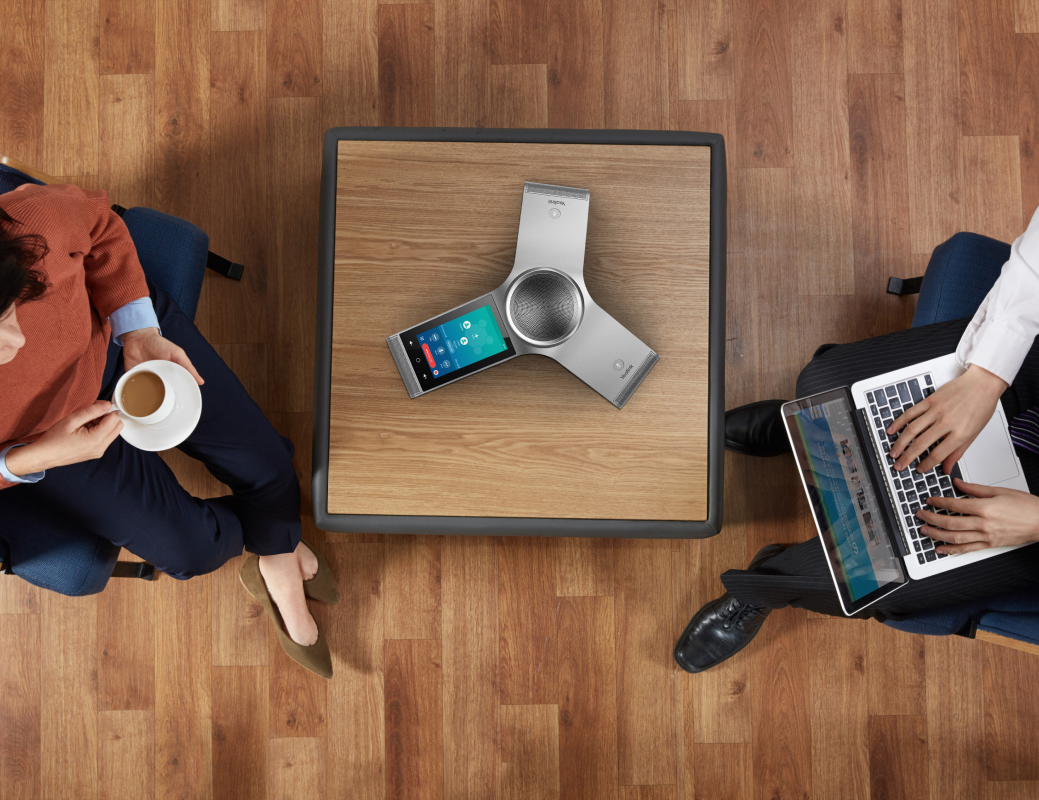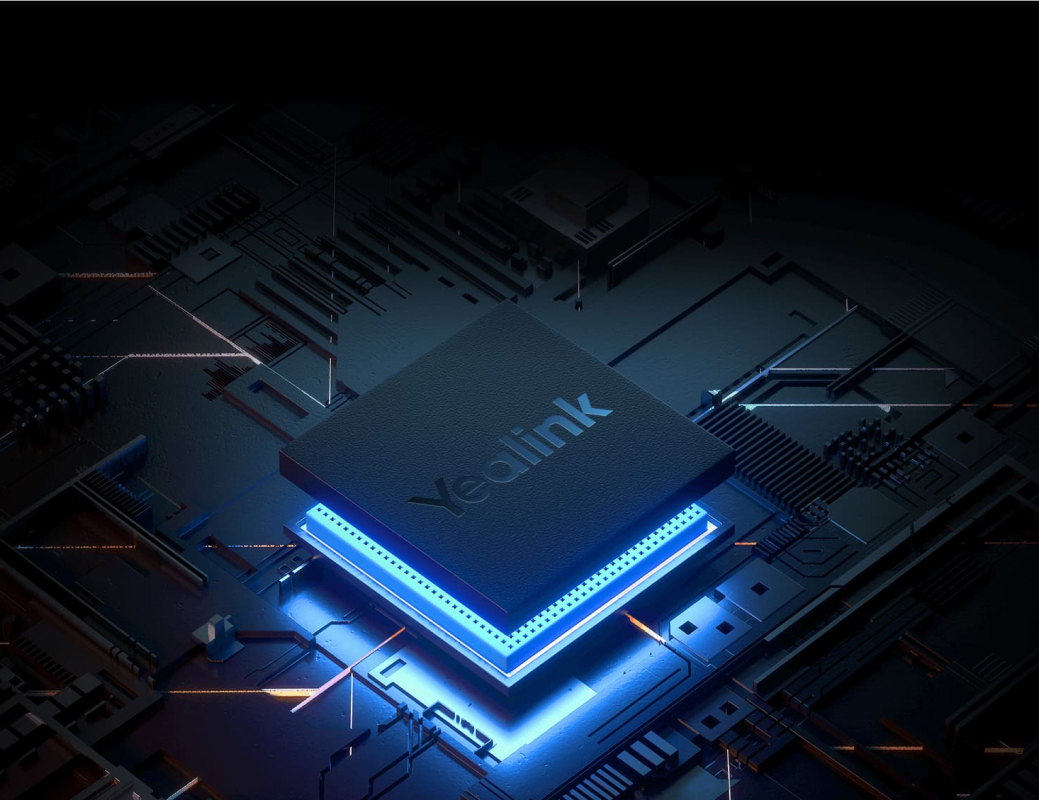Introduction
In an era where technology is evolving at a breakneck pace, it’s essential to stay ahead of the curve—particularly in sectors as vital as healthcare. Communication is the backbone of effective patient care, and telephony trends are steering this crucial area toward unprecedented advancements. The intersection of telephony and healthcare has given rise to innovative communication systems that enhance patient experience, improve operational efficiency, and ultimately lead to better health outcomes. In this article, we'll explore the myriad telephony trends shaping the future of healthcare communication systems.

Telephony Trends Shaping the Future of Healthcare Communication Systems
The healthcare industry is witnessing a seismic shift in how communication occurs. Traditional methods are giving way to more sophisticated systems that rely on cutting-edge technology. So, what exactly are these telephony trends? Let’s dig deeper!
1. The Rise of Cloud-Based Communication Systems
Cloud technology has revolutionized many industries, and healthcare is no exception. With cloud-based business phone systems, organizations can manage communications more flexibly and cost-effectively.
Benefits of Cloud-Based Systems
- Scalability: Organizations can easily scale up or down based on their needs. Accessibility: Care providers can access systems from anywhere, facilitating remote consultations. Cost Efficiency: Reduced overhead costs as there's less need for physical infrastructure.
2. Integration with Electronic Health Records (EHR)
EHR integration has become paramount for streamlined communication between healthcare providers and patients. By combining telephony systems with EHRs, medical professionals can improve data sharing and coordination.
Key Advantages
- Improved Patient Care: Quick access to patient records during calls allows for more informed decision-making. Enhanced Workflow: Automating routine tasks reduces administrative burdens on staff.
3. AI-Powered Solutions in Telephony
Artificial Intelligence (AI) is making waves across various sectors—including healthcare communication. AI-powered telephony solutions offer intelligent routing, automated responses, and even predictive analytics.
How AI Enhances Telephony
- Smart Call Routing: Directs calls to the right person or department based on queries. Chatbots: Handle basic inquiries efficiently, freeing human agents for complex cases.
4. Video Conferencing Capabilities
Video conferencing tools have gained traction in recent years, especially post-pandemic. They’re now integral to telemedicine practices.
Impact on Patient Engagement
- Face-to-Face Interaction: Builds trust between patients and providers. Accessibility for Remote Patients: Patients who live far from facilities can receive care without travel.
5. Mobile Communication Solutions
Mobile phones enable healthcare providers to communicate swiftly and effectively while on the move. Mobile business phone systems are becoming increasingly popular among practitioners who require flexibility in their work environment.

Advantages of Mobile Solutions
- On-the-Go Access: Providers can consult with colleagues or patients wherever they are. Real-Time Updates: Immediate notifications regarding patient care or emergencies ensure timely interventions.
6. Enhanced Data Security Measures
With increased reliance on digital communication comes heightened risks related to data security. Healthcare organizations must prioritize safeguarding sensitive information through robust security measures.
Essential Security Practices
- Encryption Protocols: Protect data during transmission. Regular Audits: Identify vulnerabilities within communication systems.
7. Interoperability Among Systems
Interoperability refers to different health information technology systems working together seamlessly. This capability greatly enhances patient care by ensuring that all relevant parties have access to necessary information.
Benefits of Interoperability
- Holistic Patient View: All caregivers can see comprehensive health histories. Reduced Errors: Less chance for miscommunication when everyone uses compatible systems.
8. Voice Recognition Technology
Voice recognition technology is quickly being adopted in healthcare settings to streamline documentation processes and communication tasks.
Use Cases in Healthcare
- Transcribing Notes: Physicians can dictate notes directly into EHRs without typing them out. Voice Commands for Equipment: Hands-free operation allows practitioners to focus on patient care without distractions.
9. Improved Customer Relationship Management (CRM)
Healthcare organizations are implementing advanced CRM tools integrated with their telephony systems to manage interactions more effectively with patients and prospects alike.
Features of Modern CRM Systems
- Patient Tracking: Keep tabs on appointments and follow-ups easily. Personalized Communication: Tailor messages based on individual patient needs or history.
FAQ Section
Q1: How do cloud-based business phone systems benefit healthcare organizations?
Cloud-based business phone systems offer scalability, cost efficiency, and accessibility that traditional phone systems cannot match, allowing healthcare organizations greater flexibility in managing their communications needs.
Q2: What role does AI play in enhancing telephony within healthcare?
AI enhances telephony by enabling smart call routing, automating responses through chatbots, and providing predictive analytics that help improve service delivery.

Q3: Why is video conferencing important for modern healthcare?
Video conferencing facilitates face-to-face interaction between providers and patients remotely, enhancing engagement while allowing those who live far from clinics or hospitals access to quality care.
Q4: What security measures should be implemented for telecommunication in healthcare?
Healthcare organizations should enforce strong encryption protocols for data transmission along with regular audits to identify any vulnerabilities within their communication infrastructures.
Q5: How does interoperability enhance patient care?
Interoperability ensures all relevant parties have access to comprehensive health information; it reduces errors caused by miscommunication while providing a holistic view of patient health histories.
Q6: What advantages does voice recognition technology bring to healthcare providers?
Voice recognition technology streamlines documentation processes by allowing physicians to dictate notes directly into EHRs without needing manual input—saving time while improving accuracy.
Conclusion
As we’ve explored throughout this article on Telephony Trends Shaping the Future of Healthcare Communication Systems, it's evident that technological advancements are redefining how we communicate within the sector. From cloud-based solutions enabling flexible operations to AI innovations enhancing functionality—these trends collectively aim towards one goal; bettering patient care experiences while optimizing workflows across various departments in a facility setting!
Healthcare professionals must remain vigilant about these changes if they wish not only just keep pace but also thrive amidst ever-evolving landscapes driven largely by innovation & improvement focused efforts! Embracing these new paradigms will lead us further down pathways paved with promise—one where every individual receives personalized attention tailored specifically around their unique needs through improved channels available at our fingertips today!